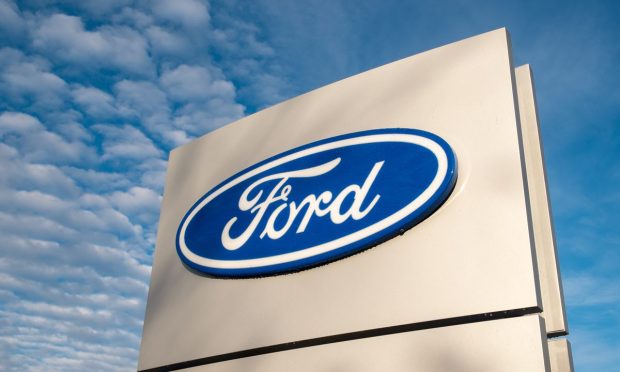Ford Expects to Have 33M Vehicles Receiving Over-the-Air Software Updates by 2028

Ford’s mission is to run the internal combustion engine (ICE) vehicle business for cash to fund the company’s continuing development of electric vehicles, commercial vehicles and services, connected services and autonomy/mobility, company representatives said Wednesday (Oct. 27).
“We need to get an 8% margin like we did this quarter as a company regularly because we have to fund a high-growth BEV [battery electric vehicle] and digital business,” Ford President and CEO Jim Farley said during a call with investors and analysts. “It’s not to make more money. Yes, it is that, but it’s motivated in the mission of transforming Ford through these digital products.”
During the call, Farley and Ford Chief Financial Officer John Lawler gave an update on the company’s progress in different elements of Ford+, the company’s plan for growth and value creation that was launched a year ago.
Revolutionizing the Experience of Owning and Operating Vehicles
In the connected services part of that plan, Ford expects to rapidly scale the number of connected Ford and Lincoln vehicles on the road enabled for over-the-air software updates from about 1 million today to more than 33 million by 2028. The company reported that 97% of Mustang Mach-E retail customers have connected their vehicles.
“We’re designing a new generation of fully networked vehicles, not delegated to our supply chain, but done inside the company to revolutionize the experience of owning and operating Ford vehicles,” Farley said. “That’s embedded technology to unleash unlimited innovation.”
The company also reported that as of the end of the third quarter, more than 8 million customers are using FordPass, a smartphone app that provides complimentary remote features, vehicle information, a rewards program and the ability to make secure payments with Ford Credit.
Digital tools also play an important role in the company’s focus on commercial business. Ford now has 650 dedicated commercial service centers in the United States. These outfit new vehicles for use in different trades and then service the vehicles after the sale.
“So, the dealer network is absolutely strategically critical for our leadership and maintaining that as we go to digital connected vehicles for our commercial customers,” Farley said. “There’s no doubt that many customers want a three- or four-click, very easy service experience on the retail side. And we’re working really carefully on that, including a simple e-commerce platform.”
Making Real Progress on Autonomous Vehicles
Delivering an update on the autonomous vehicle part of the plan, the executives noted that during the third quarter, Ford announced a new partnership with Argo AI and Walmart. The three companies are collaborating on a last-mile autonomous vehicle delivery service that will use Ford self-driving test vehicles equipped with Argo AI’s self-driving system. The service will provide autonomous delivery to Walmart customers’ homes in Miami; Austin, Texas; and Washington, D.C.
“This is Walmart’s first-ever multicity autonomous delivery service, and it will be anchored in cities where we already have operations, not the easiest miles in one city, but multiple cities and hard miles,” Farley said. “In addition to making real progress on autonomy vehicles, operating domains, SDS [self-driving systems], we fully support Argo AI’s aspiration to access public capital.”
Across the vehicle production side of the business, semiconductor availability remains a challenge, but markedly improved from the second quarter, the company reported. Still, compared to the same quarter in 2020, the number of automotive wholesale units was down 14% and revenue was down 5%, driven by semiconductor constraints.
Investing in Plan for Growth and Value Creation
The Ford execs said the company has dealt with the semiconductor shortage and other supply chain challenges by prioritizing high-demand and high-profit vehicles and managing incentive spending.
“It’s difficult to predict the interplay between semiconductor-related constraints, volume and pricing, and this will continue to remain dynamic,” Lawler said. “For 2021, we expect commodities to be up $3.0 billion to $3.5 billion, and they could be up another $1.5 billion in 2022, largely driven by steel and aluminum similar to this year. There will also likely be other inflationary costs, but it’s too early to size that right now.”
While outlining these and other costs, Lawler also noted that the company will continue to invest in the development of the components of the Ford+ plan. He said the growing investment in the plan will include total capital expenditures of of $40 billion to $45 billion between 2020 and 2025.
“We’re obviously going to continue to invest in our Ford+ plan for growth and value creation, and this includes customer-facing technology, connectivity, our always-on relationships with customers and electrification,” Lawler said. “And of course, we believe the long-term payback from those investments will be substantial.”